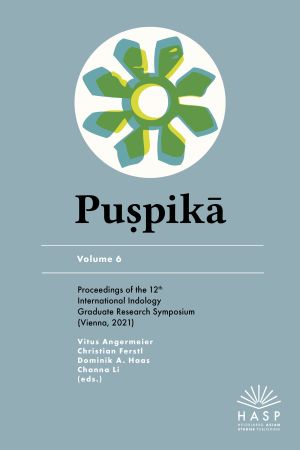Zitationsvorschlag
Lizenz (Kapitel)

Dieses Werk steht unter der Lizenz Creative Commons Namensnennung - Weitergabe unter gleichen Bedingungen 4.0 International.
Identifier (Buch)
Veröffentlicht
The Path to Salvation
A Key to Identify the Religious Affiliation of the Original Skandapurāṇa
This paper proposes to analyse myths as narratives conveying doctrinal values and seeks to show that the conclusions drawn from this approach can complement the results of philological work. Focusing on the Sukeśa myth told in the original Skandapurāṇa (SP), this study aims to reassess Kropman’s hypothesis according to which the whole Naraka cycle could be a later addition, probably issued from a Smārta authorship. To this end, all her arguments are reviewed and a new approach to myths, which is based on their comparison with doctrinal texts, is applied in order to identify doctrinal values conveyed within their stories and to determine the religious affiliation of their authors. As the two authorships suggested belong to the Brahmanical orthodoxy and to the Pāśupata religion, I first define their main disagreements, i.e., their respective paths to salvation. Then I investigate the two versions of the Sukeśa myth told in the SP by highlighting the promoted paths to salvation. This analysis shows that both versions endorse a soteriology close to Pāśupata values and offer a Śaiva solution to Brahmanic imperatives such as the obligation to have a son to save the lineage of the ancestors. Finally, I demonstrate that the path to salvation can be a key for the identification of the religious affiliation and the authorship and conclude that, even if it is t possible to affirm that the Naraka cycle is a later addition, it is very unlikely that the author of the second version of the Sukeśa myth was an orthodox Smārta Brahmin.
Keywords purāṇic studies, soteriological path, salvation, son, Brahmanism, Pāśupata religion, mythology, hells, naraka









